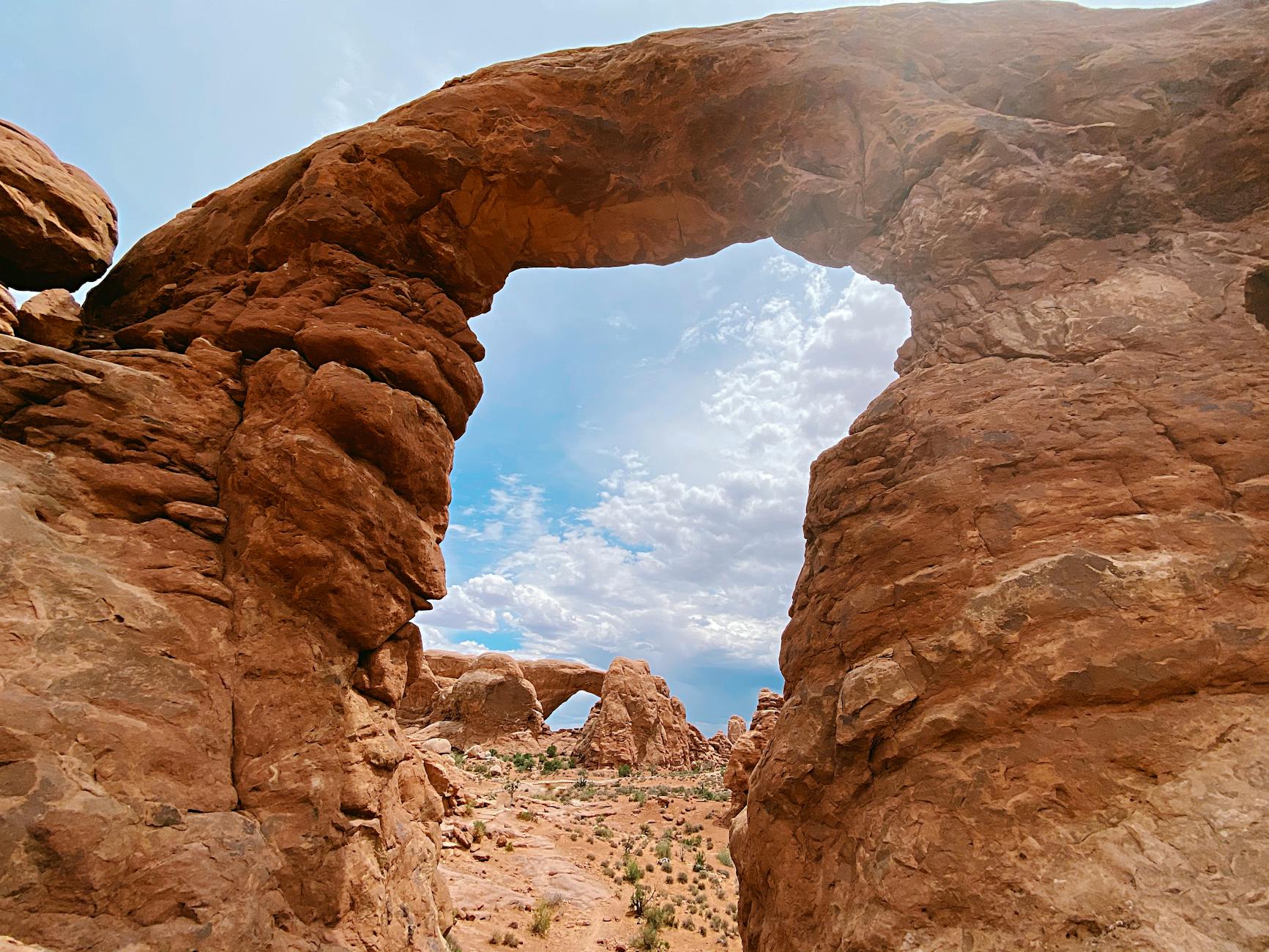As far as Hillside Drive resident Jim Englebright can tell, the word “bunkhouse” never appears in a sweeping draft city ordinance that would clean up provisions in Moab’s municipal code. But it’s at the forefront of the concerns that he and other neighborhood residents share about the proposal.
Speaking at an Oct. 9 Moab City Council public hearing on the draft ordinance, Englebright said that four of the 11 homes in his neighborhood have been converted into bunkhouses, or workforce housing for local businesses’ employees. At almost all of those homes, he said, the appearance of the properties has gone downhill, with weeds in the yards, cars parked on the front lawns and trash that has spilled out of garbage cans.
Englebright said that he and other residents understand that there’s a need for long-term housing in Moab. But he believes that bunkhouses should not be confused with traditional long-term rentals, and he’d like to see the final ordinance include a clearer definition of what constitutes a residential household.
“You could have one person or 100 persons in these houses,” he said.
Moab City Attorney Chris McAnany told the audience that a number of definitions that were added to the draft ordinance would be codified if the proposal takes effect.
“In other words, they’re meant to apply throughout,” McAnany said. “And so that language that determined ‘household’ was included in those changes, and it means one or more persons – related or unrelated – who live in the same dwelling and share meals or living accommodations, and may consist of a single family or some other grouping of people.”
But McAnany’s recitation of legalese drew protests from several people in the council’s chambers.
“That says nothing,” a man in the audience interjected; a woman then repeated the man’s statement.
According to an overview of the draft ordinance, two chapters of city code that deal with conditional uses – or uses that are allowed in specific zoning districts with conditions attached to them – would be repealed in their entirety. Those uses that are “conditional” would then become “allowed uses with standards.”
“This all started out with some issues that we had with conditional uses,” Moab City Planning Director Jeff Reinhart told the council.
In addition, some uses that were allowed conditionally before – such as bed-and-breakfast facilities in the city’s R-3 and R-4 zones – would be removed from specific zones.
“It does change the status of the uses from conditional to allowed, or a use by right, with standards,” Reinhart said.
East Center Street resident Bob Greenberg said he thinks the overall update is “fabulous.”
“Changing the conditional uses, which have been problematic for the city and county … great idea,” he said.
But Greenberg, who lives in the shadow of what he called “the High Rise Center of Southeastern Utah,” said he’s concerned about the draft change from the word “family” to “household.” That’s because it doesn’t appear to him as though the city has clearly defined the latter word.
To help laypeople better understand the massive document, Greenberg suggested that city officials should prepare a “red-line version” of the draft that highlights any proposed changes.
“I would beg you to make that available during the next two weeks so we can submit written comments that make a little bit more sense,” he said.
Like Greenberg, Moab resident Judy Powers said that she believes that many of the code revisions look good – and she’s excited to see them. However, Powers said she’s concerned about the loss of residential neighborhoods due to the incursion of bunkhouses.
“Nobody’s in charge,” she said. “There’s nobody there to take responsibility; they come and go. These are not people that are there long term … It’s just as bad as a B&B, and I think it’s even worse, because at least (at) a B&B, they want it to look good, they don’t have as many people there.”
The city, she said, needs to protect its residential neighborhoods.
“It’s nice to know your neighbors,” Powers said. “That’s why we live here. We want to know who our neighbors are, and these are not places where you’re going to know your neighbor.”
Hillside Drive resident Vicki Webster said three bunkhouses that are clustered together at one end of her street have had a “very negative” impact on her neighborhood.
“They are a commercial intrusion into the neighborhood,” Webster said. “They are an extension of the businesses’ commercial campus into a residential neighborhood, and they are used for commercial purposes.”
According to Webster, the businesses that have bought homes in her neighborhood now park their commercial vehicles and store their commercial equipment on the properties.
“The bottom line is that businesses’ bottom line is more important to them than abiding by the ordinances that require them to maintain the property,” she said. “As a result … we have the landscaping that’s allowed to die, the garbage piles up and at times, they cram so many occupants into the home that the number of vehicles outnumbers the available parking spaces.”
To alleviate those impacts, Webster suggested that city officials could restrict the number of bunkhouses within a specified distance of each other. But ongoing problems with bunkhouse landscaping and garbage will require a different solution, she said.
“I know your response to that is that code compliance is complaint-driven and we must sign our names to a public document before the city will address the violations,” Webster said. “… I would like to stress tonight: We are a small town, in which we are quite interdependent with our neighbors. Requiring us to put our name on a formal complaint in order to have the city enforce its code is simply poor public policy.”
If Moab must have bunkhouses in its R-2 residential zones, she said, city officials should at least regulate them.
Residents say city code needs clarification to limit impacts
(Bunkhouses) are a commercial intrusion into the neighborhood … They are an extension of the businesses’ commercial campus into a residential neighborhood, and they are used for commercial purposes.




